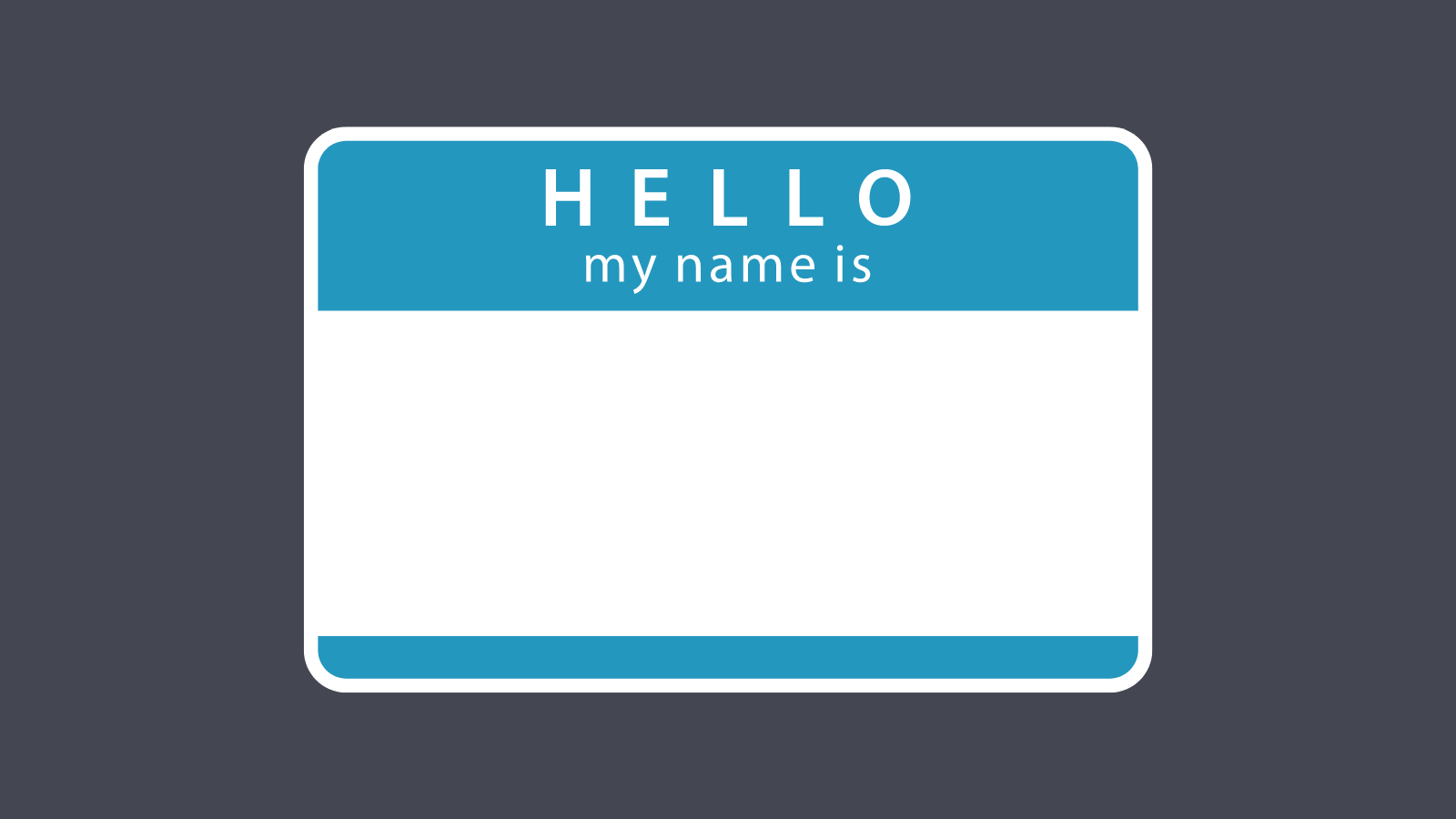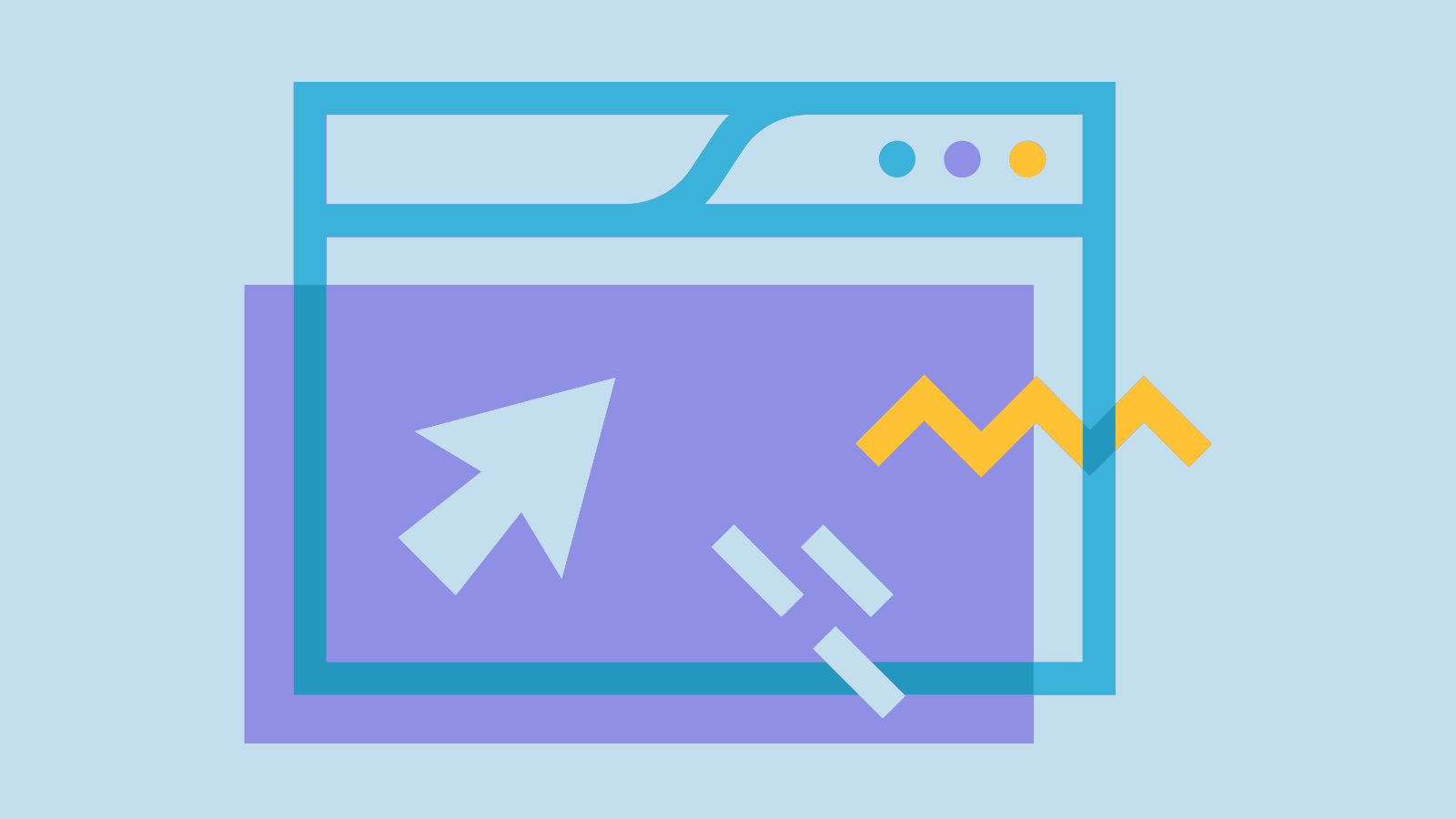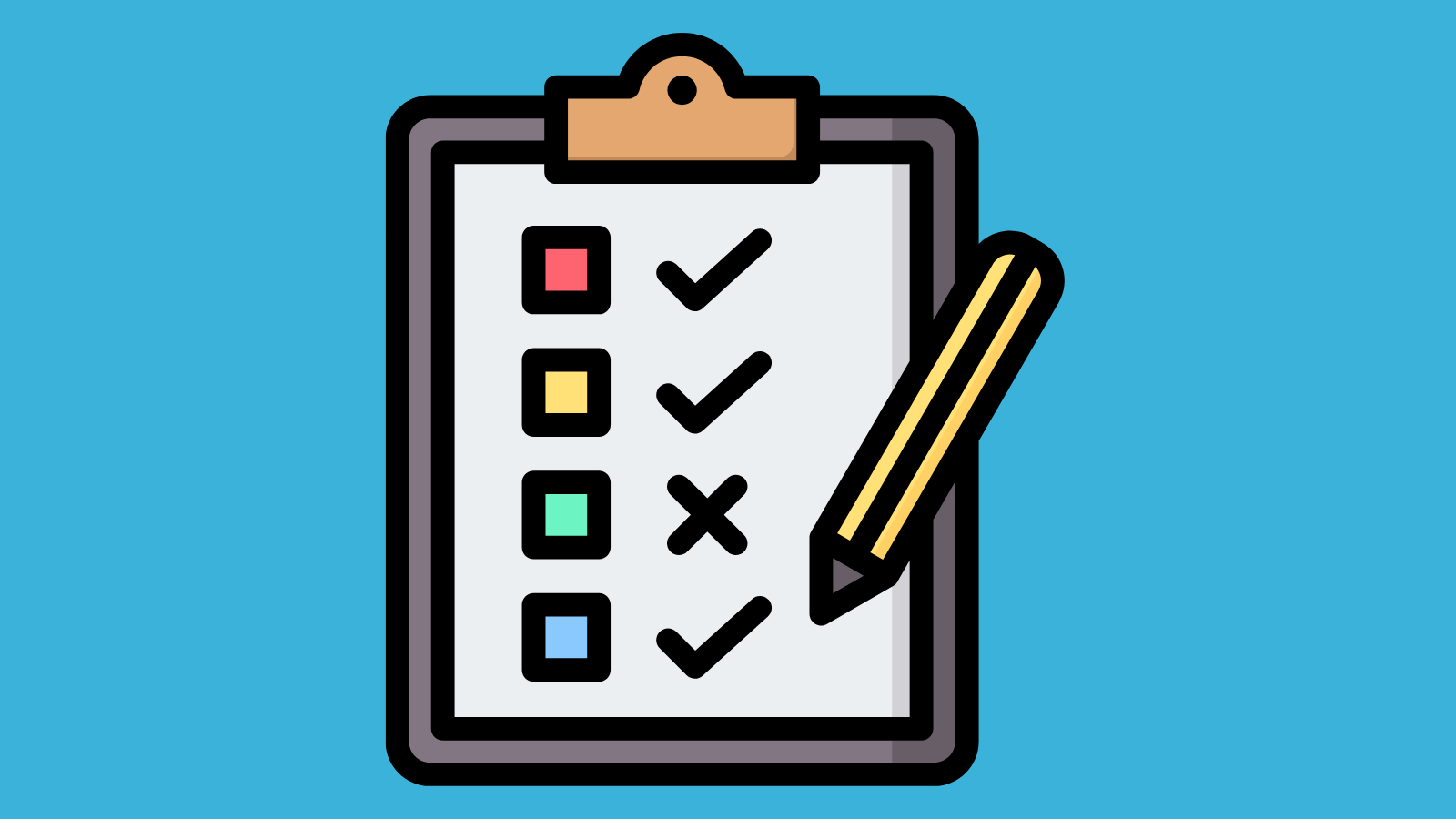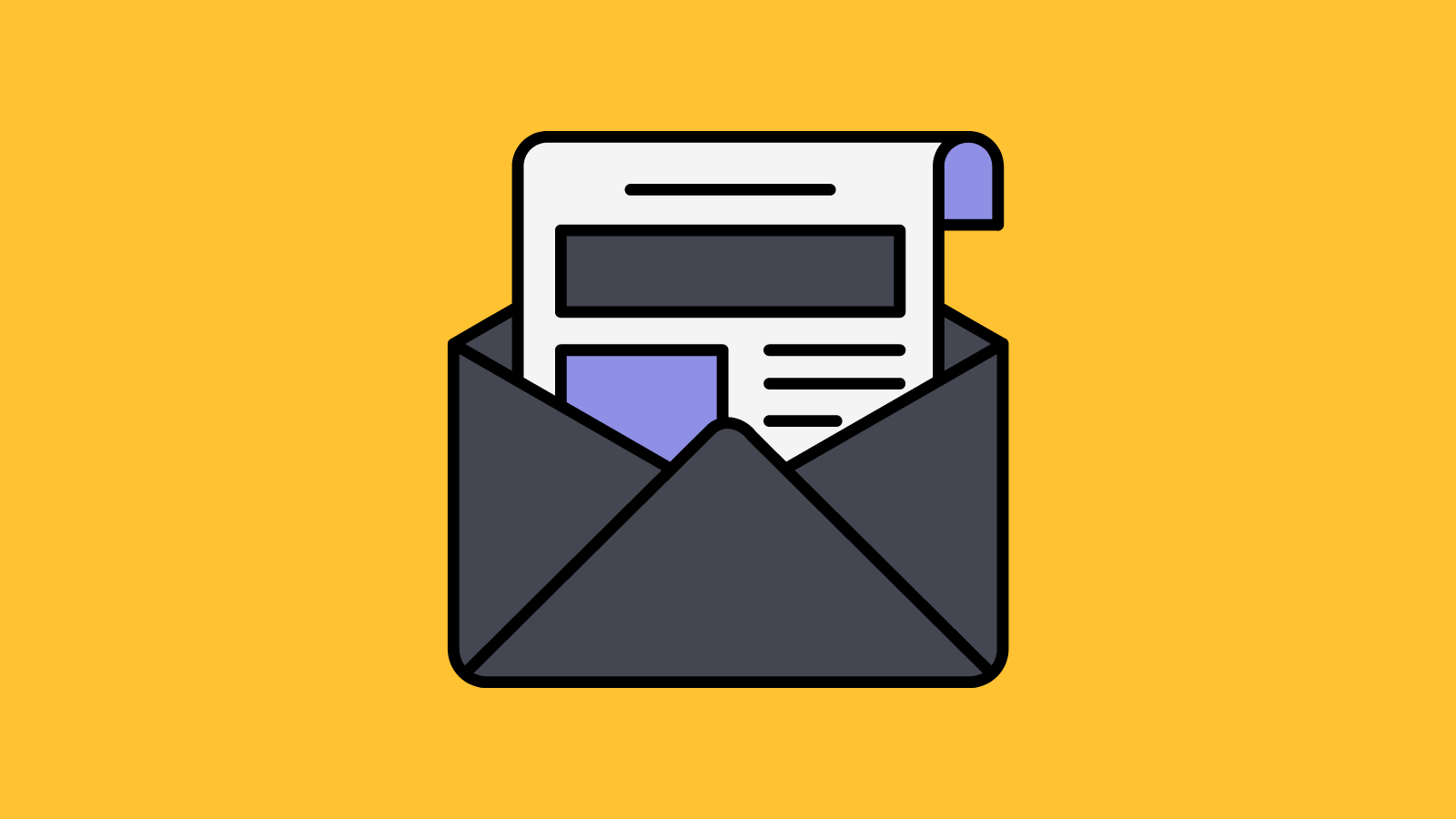Are you a foodie? Whether it’s cooking it, reviewing it, or a little of both, you can turn that love into a following and cash by becoming a food blogger. But how do you start your own food blog? Follow this step by step guide to get started.
Choose Your Niche
The first step is choosing a niche. There are a lot of food blogs out there and the broader your niche, the more competition you have. Instead of appealing to the broadest audience possible, focus on being really good at something specific so your target audience can get value out of your content that they wouldn’t get elsewhere. Here are a few examples of types of food blogs:
- recipe blogs
- food or drink tasting blogs
- cookbook review blogs
- healthy eating blogs
- cuisine-specific
- location-specific
- sustainable cuisine
- lifestyle-specific
When you choose your niche for a new food blog, it’s better to go for something that you enjoy than something that’s trendy. Trends come and go, but doing something you’re connected to will make the project more fun for you and your audience.

Name Your Food Blog
A name is the beginning of grabbing your audience’s attention. Brainstorm as many names as you can think of, then keep the clever ones. Keep in mind that your blog name should also be a good domain name. That means your blog name should be:
- Short
- Unique
- Memorable
- Easy to pronounce
- Relevant to your niche
Before you commit to a food blog name, make sure that it’s not already taken.

Build Your Website
Building your own website for your food blog may seem intimidating if you’ve never done it before. Website builders and blogging platforms make it easy to build a beautiful website without sacrificing functionality even if you don’t have any coding experience and have never heard of a web hosting provider in your life. Simply choose a food blog theme, add recipe plugins, and drag and drop your content.

Plan Your Content
Now that you’ve got your website, it’s time to fill it with some content! You probably already have some post topics in mind to start with, but you’ll need a plan for when the inspiration tap runs dry. Here are a few tips to keep your content chugging along.

Find out what your audience wants
You may not have a crystal ball that can see the future of how your target audience responds to your blog content, but you can find out what they like through a little research. Your provider’s metrics or Google Analytics can tell you which past posts performed the best. You can use this information to plan your future content.
You could also ask your subscribers what they’d like to see more of. You could link to a survey or poll at the end of posts, send requests for feedback to your email list, or simply mention that they’re free to contact you with requests.

Know your competition
Any business, even a food blog, needs to know what their competitors are up to in order to successfully compete with them. Don’t rip them off directly, but do pay attention to what they’re doing and how their audience responds. This can save you the trouble of making the same mistakes and inspire you to get on board trends.

Always learn more about your niche
In order to gain a following, people should see you as an authority on the subject. Don’t be afraid to do more research so you can go beyond what you already knew. The more you learn about your niche, the easier it is to come up with blog content about it.
Your food blog should explore every aspect of your subject matter. For example, if your blog is focused on Indian food recipes, it could be cool and educational to supplement your new recipes with posts about the history of popular dishes and interviews with chefs.

Learn food photography
If you aspire to take your food blog full-time, or even just to make serious side cash from it, you’ll need to get serious about your food photos. You could hire You’ll find countless educational videos for free. Just type in ‘food photography tips’ on YouTube, and you’re halfway to being a pro.

Add videos
Scroll through any social media feed and you’ll probably see a lot of how-to, tutorial, and food prep videos. Videos like these are popular because they keep people engaged in the content. Why not include videos like these in your blog posts so people who prefer reading instructions and people who prefer watching a demonstration can both learn the recipe.
Q & A videos and behind the scenes videos also give your audience a chance to connect with you by showing a little bit of your personality. Be sure to film in a well-lit room, and use a high-quality mic and camera.
![]()
Create a schedule
Only posting when you feel like it won’t get you a following or signal to Google that your blog is worth paying attention to. Creating a schedule is just a little work upfront that can make building your food blog easier and more efficient in the long run. There are a variety of tools you can use to get posting reminders and optimize your scheduling.
![]()
Promote Your Food Blog
Even if you’re the biggest foodie pro online, getting eyeballs on your content takes more than simply waiting to be discovered. Here are a few ways to promote your blog:
Social media marketing
A presence on one or more social media platforms connected to your blog will help you gain new subscribers and keep your current ones engaged. The first step is to be sure to have social sharing buttons on every post. Then, create social media profiles for your blog and keep them updated with your content.

Partnerships
Collaborating with more established food bloggers and influencers is a great way to expand your reach and attract a wider audience. This doesn’t have to mean teaming up with your competitors, but it does help to collaborate with people who are related to your niche. For example, if your food blog reviews vegan food, you could collaborate with a vegan baker with a large following.
![]()
Email newsletter
An email newsletter is a great way to keep loyal subscribers in the loop and do a little self-promotion. Services like Mailchimp make it easy to build your email list, send newsletters, and create email marketing campaigns.

Optimize for search engines
The internet revolves around search engine optimization. If your website doesn’t meet on-page SEO standards and use high traffic, low competition keywords, it might never get seen by Google. Making your blog accessible, user-friendly, and mobile-friendly will also help your SEO profile.

Monetize Your Food Blog
You’ve probably heard of bloggers getting paid for it. It’s not as easy as putting out content and hoping the right people discover it, but there are a few things you can do to create a food blog monetization strategy.
Publish your own cookbook
Once you have enough readers who would be interested in your recipes, selling cookbooks could be a great way to earn money from your following. You could sell hard copies, ebooks, or both.
.png?width=1600&name=Stack%20of%20books%20(1).png)
Create a YouTube channel
A companion YouTube channel for your video content can get you to monetization faster than a blog alone. YouTube is a popular social media platform for a reason: people like videos.

Accept Sponsored Posts
Sponsored content is one of the most common ways successful bloggers monetize their content. Bloggers can get paid to review and promote products from sponsoring companies. These could be one-off posts of ongoing partnerships.
Tips for Getting Sponsored Posts
- Create a media pack that includes stats including audience figures, click-through rates, and relevant social media metrics.
- Choose a consistent pay rate for sponsored posts.
- Actively pitch to brands you’d like to work with.
- Include a page on your blog for advertisers and advertise that you accept sponsored posts.
- Join a blogger network.

Sell ad space using Google AdSense
Putting up display ads on your blog is an opportunity for passive income. Google Adsense can make that happen for many successful food blogs.
How to Use Adsense
- Sign up for a free Google Adsense account.
- Fill out the sign-up form.
- Copy the code from your account page once you’re approved by Google.
- Input the code in the HTML source code between the <head> tags on your website.
- Set up a payment method.
How to Get Your Blog Ready for Ads
- Create unique, engaging, and high-quality content.
- Optimize page layout for SEO and user-friendly experience
- Include a comment section so readers can give feedback
- Check that all buttons and drop-downs on the site are working correctly

Sell merchandise
Selling stuff to your audience can be a great part of your monetization strategy. This could mean physical products like T-shirts and stickers or digital products like digital templates and ebooks. Selling your own products isn’t as hard as it may sound with print on demand, dropshipping, and easy distribution of digital goods.

Try affiliate marketing
With affiliate marketing, you can earn a commission for promoting another company. The affiliate promotes a product or service on their website and social media and earns a percentage of the profit from each sale they make.
Affiliate programs often send new affiliates a sample of the product they’re selling. Then the affiliate creates sponsored content to promote the product or service to their followers. There are a lot of products and services related to food. Why not cash in on promoting a few?
.png?width=1600&name=Minimalist%20graphics%20of%20people%20speaking%20(1).png)
How Sav Can Help
Here at Sav, we’re all about helping online businesses succeed. Whether you just started a new blog or have been creating great content for a while and want to take it to the next level, a successful food blog starts with a little hard work and your own beautiful website. Start building today so you can start earning tomorrow!
Newsletter
Popular
Top Articles
Recommended articles
How to Come up With Ecommerce Product Ideas
Whether you’re starting a new ecommerce business or expanding a pre-existing one, what products to sell online is an important decision....
Read moreHow to Create a Modeling Portfolio
What is a Modeling Portfolio? A modeling portfolio is a demonstration of your skills and talent you can show to potential employers and...
Read moreThe Best Side Hustles From Home to Try
Why Start a Side Hustle from Home? Earn Extra Money Being alive is expensive right now. Whether your financial goals are to pay off your...
Read more



